Poinsettias are gorgeous decorations during the Christmas holiday. Here is a comprehensive guide on how to take care of poinsettias during and after the Christmas season. Read more about Poinsettia plant care, interesting poinsettia facts, and poinsettia growing tips and tricks!
It is hard to miss the beautiful star-shaped red flowers that have become quite popular as Christmas plants across the globe- almost as popular as the Christmas tree! According to the USDA Floriculture Statistics report, this popular holiday plant accounts for over 23% of all the total sales of potted plants, with nearly 80 million plants sold, amounting to over $250 million every year, despite the market being only six weeks long. Most people believe that taking care of these flowers is a challenging task. They could never be more wrong. As long as you follow the proper steps, you can have your flowers blooming through the holiday and even after the Christmas season is over. This article is a complete guide on how to take care of poinsettias during Christmas, after Christmas, and other related and exciting information to get you started if you decide to feature them in your home during this year’s celebrations.
The Comprehensive Guide to Poinsettia Plants
The Poinsettia genus – spurge, species: Euphorbia pulcherrima Willd. ex Klotzsch – poinsettia, nochebuena, flor de pascua
Source:Integrated Taxonomic Information System Report
Poinsettias come in different colors and varieties:
The most common and popular poinsettias come in red color. However, there are more than 100 other varieties that come in a multitude of different shades. This offers you a wide range of choices when choosing the kind of flowers to have in your house. If you are looking to make a stunning display, you should consider a mixture of different kinds of colors and varieties of poinsettias. Infusing different poinsettia cultivars enrich the display and delivery a more stunning appearance. Make sure you pinch off the tip of each node (pinched back) to create a bushy plant and a fabulous poinsettia bloom.
Parts of the Poinsettia Plant:
Many people mistake bracts for flower petals. The flowers are found at the center of the bracts, and they look like tiny berries. The berry-like formations are also called Cyathia. The bracts are important in attracting all kinds of insects for pollination purposes. These may wither and fall off later. There are the green leaves and the nodes (branches).
The common colors you will find during the winter holidays include red, pink, white and cream, apricot base, orange creams, and even green colors. The white-colored poinsettias usually contain speckles of cream or other shades of white on the colorful bracts.
Some 10 of the most popular poinsettias in the US include:
● Ice Punch – Identifiable by its unique combination of pink and red colors
● Winter Rose – It has very bright red thin bracts that twist together to create a rose-flower look.
● Ice Crystal – This variety contains two colors; red and green. The colors on the large bracts look weathered down, making it a perfect plant for those looking for a more laid-back, snowy look.
● Marco Polo – This variety is a dark apricot pink and red flecked bracts color. The bracts are wider and more flat than the Winter Rose variety.
● Glace Poinsettias – This features wide, bright white bracts with shades of faded green color.
● Sonora Glitter – The bracts are red with speckles of white and offset of green hues on the flowers.
● Mars Pink – They have a light pink shade on the bracts and dark pink color on the flowers in the middle. There is also Mars Red, and Mars White.
● Valentine – Just like winter rose, this variety comes in a bright red hue. The only difference is that the bracts do not curl inwards like the rose variety
● Christmas Season Pink – The bracts are large, sturdy with pink color and a dash of green hue along the veins. They are an excellent choice for container planting during the Christmas season. There is also Christmas Season Red, and Christmas Season White.
Marble Star – The marble star resembles the Sonora Glitter. The only difference is that instead of white speckles on the marble star variety, the white color is present at the edge of the bracts like an outline.
Jingle Bell Poinsettia – Star-like flowers with bold green foliage make this plant a lovely addition to your holiday decor.
There are other numerous poinsettia varieties available in different regions across the globe. Researchers keep working to bring more varieties every year.
Poinsettias Care Tips:
Taking care of your poinsettias need not be a tough undertaking. Here are some of the factors you should consider if you want to have robust poinsettias decorating your house during the Christmas season:
Buying Poinsettias
I doubt you have a garden of poinsettias in your backyard. You would need to buy the flowers and potted poinsettia plants are available almost everywhere, including in supermarkets, garden centers, and even online.
Most stores will store the flowers close to the doors so that they are easily exposed to as many people as possible. You can buy these flowers if you need them for the season only but if you want your poinsettias to last longer than the winter months, you should avoid purchasing such flowers. Poinsettias do not like cold drafts. The constant exposure to winds, variations in atmospheric pressure, and temperature variations damage these flowers. Exposure to temperatures below 12 degrees will also damage them and you will notice premature leaf drop (the leaves falling) from the flower soon after you get home.
Make sure the plant is healthy
You can easily tell the difference between a healthy and weak plant by looking at its physical characteristics. A healthy plant has intact, healthy-looking bracts, strong, steady stems, and tight flower buds. Check the container as well to see if the plant is well kept. The container should have enough drainage to prevent the roots of the plant from rotting.
Soil Matters
Poinsettias are delicate plants that grow well in well-drained soils. The soil should not be too wet or too dry. If the soil does not meet these requirements, there is a likelihood of the plant dying within a few days after taking it home with you.
If you want to continue growing your poinsettias after the Christmas season, you should consider checking the soil pH. The same applies to people who decide to plant the flowers in their backyard gardens. The optimal pH range for the plant is between 5.8 and 6.2. If you are planting the flower in a container, ensure you layer the soil components (grit, soil, compost) well to encourage oxygen circulation to reach the roots of the plant.
After buying, you do not need to re-pot the plant when you take it home with you. This is why you should ensure that the plant comes in a standard container that has been designed to allow for good drainage holes and space to allow the roots to grow well.
After you make your purchase, take care when transporting your plant home. Apart from protecting the plant from damages and breakages, you should also protect it from exposure to winds and draughts. Temperature variations may kill the plant. If you did not take caution while transporting the plant, you will start noticing the bracts yellowing and falling off after a few days. If possible, buy from a trusted local vendor and ask them to deliver to your house.
Consider Buying Online
Thanks to technology, we can now buy almost everything we want online, including our beloved potted poinsettias, and have them delivered to our doorsteps. There are several reputable and verified online retailers you can buy from. They send potted flowers to your home. Go online to check who is selling the flowers in your region. Here are some of the online sellers you can consider buying from:
● Retailer: Florists Transworld Delivery (FTD)
They sell many varieties of poinsettias and guarantee delivery on time for the holiday season. They also offer a lot of free advice on how to take care of these flowers.
● Retailer: ProFlowers
Offering preorders as well as plant care advice.
● Retailer: Rocker Farms
They have a state-of-the-art propagation plant and since they have been growing Poinsettias for over 20 years, you can bet on the quality of their flowers.
When buying from an online retailer, always check for reviews from other clients. You should also assess their knowledge of the flowers and plants they are selling to you by asking them related questions. Most will be more than willing to give you free advice to help you take care of your plants the right way.
Poinsettias Home Care
Now that you have your plant at home, you should take good care of it to keep it blooming gloriously through the Christmas season (and after the season ends, if possible). There are a few pointers to help you take care of your poinsettias at home:
Watering
As mentioned, poinsettias love well-drained soils. Whether you will keep the flowers in a poinsettia pot or transplant them in your garden, ensure that the soil is well-drained. When watering, take caution to prevent excess water. Waterlogging results in root rot and your plant will start to wither and eventually die.
Only water when the soil looks dry. A slight touch should tell you whether the soil is ready for watering or not. You may also know whether watering is needed by simply lifting the plant in the pot. If it feels too light, you should probably water the plant. Depending on where you live, you do not necessarily need to water your poinsettias daily.
Use water at room temperature whenever you are watering poinsettias. This plant is very sensitive to cold. Take note that smaller pots will tend to dry out faster than larger containers.
Fertilizer Application
It is not necessary to apply fertilizer to your plant during the holidays. However, if you want the plant to survive after the holiday season is over, you may consider applying the recommended fertilizer. The fertilizer application should occur roughly about 4 weeks after purchase, or after you see new growth (characterized by green color on the stems, bracts, and flower buds). Always use the recommended liquid fertilizer. You can get this information from the store where you purchased the plant or seek information online from experts. An all-purpose houseplant fertilizer comes with the doses indicated on the packaging anyway.
Lighting and Temperature
Poinsettias are very sensitive to light and heat. They do love a well-light, moderately-heated room. If you are using a heating element inside the room, you can consider spraying water mist over the plant occasionally to control the temperature build-up. Sheltered spots work great as well and this is why the red poinsettias look great inside the bedroom and some living rooms. Too high or too low temperature kills the plant. You will notice the bracts starting to fall one by one.
Do not keep the plant close to the following areas:
● Fireplaces – Too much heat
● Open windows – fluctuating temperature because of the wind
● Open doorways – fluctuating temperature
● Breezy hallways
● Near fans
● Near heat ducts
After Christmas Care
The holiday season has come and gone and now you have all these leftover holiday plants. Your poinsettias were lovely centerpiece decorations and you probably have a ton of photos to commemorate this holiday. If you intend to keep these flowers blooming, or in preparation for the next year’s season, you need to take good care of them. This may seem like a tedious process but once you get the gist of it, you will see it was worth the effort. Here’s how to take care of your poinsettias after the Christmas holiday is over.
Use Dr. Leonard Perry’s Calendar
Dr. Leonard Perry is an extension officer at the University of Vermont. He has had a very wide exposure (over 35 years) as an extension horticulture specialist). During his research on how to take care of poinsettias throughout the year, he came up with a very effective and easy-to-follow poinsettias-growing calendar. Before we explore the calendar, here are some tips on keeping the plant alive and well after the holidays;
● Choose a plant that has healthy, small, and tightly clustered buds in the center. The bracts should not be damaged and they should still be having that bright color that is characteristic of poinsettias.
● Look for plants that were kept in sheltered areas. These are the best because they were given the optimal conditions to keep them healthy throughout the Christmas holiday. If you choose plants that were kept in any of the areas we explored in the last section, you may not have the ideal flower to push into the next year.
● Look for flowers that are well watered – not waterlogged
● If they are still wrapped in foil, ensure the pot does not sit inside the water in the foil to prevent waterlogging.
The calendar Dr. Leonard came up with is tied to the various holidays within the year:
● New Year’s Day – Apply the fertilizer as recommended. Ensure that the plant receives sufficient lighting and water during the next several weeks.
● Valentine’s Day – Prune your plant if you think it has become too tall. The ideal height should be about five inches tall. You can also check for plants of insect infestation on the plant during this time. The most common insect that attacks poinsettias is the whitefly. Control the pest during this period.
● St. Patrick’s Day – Check to see if there are any dried or faded bracts on the plant and remove them. You may add more soil at this juncture before placing the planting in a very bright but sheltered location.
● Memorial Day – Encourage the plant to grow side branches by trimming several inches off these branches. You can then transplant it into a bigger container to allow more room for growth. When repotting, mix the soil with organic matter. Ensure the larger pot is well-drained as well. You can consider placing compost material on top to prevent loss of moisture.
● Father’s Day – Take the plant outside so that it can enjoy the summer light. However, do not place in direct sunlight as this will make the flower wither and die.
● Fourth of July – Move the full sun after trimming. Continue watering and adding fertilizer. This stage will accelerate the growth of the plant.
● Labor Day – Reduce the amount of fertilizer given to the plant and move it indoors. Keep it in a location where it is guaranteed to get several hours of direct sunlight every day.
● Autumnal Equinox – From September 21, move the plant into a region where there is total and complete darkness for at least 13 hours a day and again into a region with bright light for at least 11 hours a day every day. Continue watering and applying fertilizer while rotating the plant to ensure hours of direct light falls evenly on the plant. The nighttime temperatures should be below 60 degrees Fahrenheit. This process is called forcing bulbs.
● Thanksgiving – This is the time to stop the procedure you were doing at the Autumnal Equinox stage. Place the plant in a sunny window where it enjoys direct sunlight for at least 6 hours every day. Go slow on the fertilizer application and watering as well. By now your plant should be looking very robust and ready for the Christmas season.
● Christmas – Your flowers are in full bloom by now. They will be having radiant colors, strong bracts, and tight buds. You can now enjoy using them in your Christmas decorations. After the season is over, the cycle gets repeated.
Poinsettias as Cut Flowers
Poinsettias can be used as cut flowers but you need to know how to prepare them well. This flower is not grown for commercial cut flower use but you can still remove the bracts and replant or use them as you would use any other plant stems. If you decide to go this way, here is the procedure of ensuring you have good-quality cuts;
● Cut the flower with some stem.
● Trim off the stems just below the bracts.
● Dip these cuts into boiling water for a few seconds – This step is done to seal the whitish sap inside the stem and keep the flower from wilting. Some people burn the ends instead, and it works the same way. Another way is to spray denatured alcohol solution on the cuts at the base of the bract, or on any other region to block the milky sap and prevent water from getting absorbed into the stem.
● Place the stems in cold water immediately.
● Store away in a cool place – These cuts can stay fresh for up to two weeks, giving you enough time to prepare land for planting or transportation to other regions. Ensure you remove any leaves below the water level in the container you use to preserve these cuts. You may add a floral preservative if you wish. Ensure you follow the right procedure and the correct amount if you decide to add a preservative.
● The cut poinsettia can be used for a variety of decorations including placing in vases for tabletop decorations, creating traditional Christmas baubles, as floaters on a bowl of water, or creating wreaths and center-pieces in funerals.
Are Poinsettias Poisonous?
There is a lot of debate about whether or not poinsettia is a poisonous plant. According to New York Times, in 1919, a 2-year-old child died of poisoning and the case was incorrectly determined to have been caused by a poinsettia leaf. This rumor is what sparked century-old anxiety and debate about whether the plant is poisonous or not. Poinsettias are not poisonous. However, there are several uncomfortable scenarios (nothing fatal) you should avoid or learn how to treat should you ingest poinsettias in any way;
● What to do if your child eats poinsettias – If your child eats the bracts, they are likely to have a stomachache. In severe cases, they are likely to vomit or have diarrhea. You should clean their mouth with a lot of clean water. According to Medicine.net, a child weighing 50 pounds would have to eat over 500 leaves of poinsettias to reach a level that would be considered toxic enough to require medical attention. The taste of the flower is off-setting and the likelihood of this happening is very slim.
● What happens if poinsettias come into contact with eyes and mouth? – Your eyes are likely to become red in color and very irritated. It is a very uncomfortable feeling but that does not mean you will lose your eye. The remedy for this is to flush out with a lot of clean water.
● Allergic reactions to Poinsettias -Some people cannot stand the smell of flowers, poinsettias included. If you come into contact with poinsettias, seek quick medical attention. People who are allergic to latex, avocados, passion fruits, kiwis, and bananas are more likely to get an allergic reaction if they come into contact with poinsettias.
● Irritations on the skin – Poinsettia sap can cause some mild irritations on the skin. That is why it is advisable to use a pair of gloves whenever you are working on these flowers. If the sap gets on exposed skin, wash off with soap and water. You can apply something cold on the skin’s surface to ease the irritation.
● Taking care of tools used in handling poinsettias -The tools you use in handling poinsettias may have sticky whitish sap. Do not store them this way as they are likely to rot. Wash the tools with soapy water to remove the sap, dry them well and store them in a dry place.
● According to the pet poison hotline, poinsettia plants are only mildly toxic to cats and dogs. The milky white sap found in poinsettias contains chemicals called diterpenoid euphorbol esters and saponin-like detergents.
The National Poinsettia Day
Poinsettias have an interesting origin. Known by their botanical name Euphorbia pulcherrima, this flower originated in southern Mexico where they are fondly referred to as the flowers of the Holy night. They are largely used in decorating churches in the country. Unlike in the US and Europe where you find the flowers in pots, in Mexico, you are more likely to find these flowers growing in wet wooded areas or in the rough moist countryside. The beautiful flowers bring out the Christmas cheer perfectly.
December 12th is celebrated as National Poinsettia day but very few people know the story behind this. Poinsettias originated from Mexico and it still remains a very valued flower by the Aztec community in southern Mexico. In 1828, Mr. Joel Roberts Poinsett – who was the US diplomat in Mexico then, and an avid botanist- brought the flower with him to the US. The day marks his death and people gather to celebrate his deeds and love for the flower.
In Mexico, the flower is held with reverence. There is a story about a girl who had nothing to give for Jesus’s birthday. An angel supposedly appeared before her and told her that the most important gift was the gift of love. The girl gathered weeds from the roadside and placed them in the manger. The weeds bloomed into beautiful red flowers. This is the reason why this day is referred to as the flower of the Holy Night in Mexico.
Activities you can do on National Poinsettia day with kids:
● Make some ribbon poinsettias!
● Visit your local botanical garden – You will learn more about the flower’s history and see other beautiful varieties. The beautiful environment is very calming and a perfect setting for a family day adventure as well.
● Decorate your home with poinsettia plants.
● Use the flowers as centerpieces on the dining table.
● Add to a wreath.
● Make craft ornaments and decorate using poinsettias.
Poinsettias are bought by millions of people across the United States and all over the globe during the holiday season and the popularity is still rising. This is the most vibrant and visible flower during Christmas- almost rivaling the Christmas tree! They are gorgeous flowers and no matter which combination you use to decorate your house, it seems you cannot go wrong with poinsettias. Taking care of the plants is easy and with the right care, you can have the flowers growing perennially. Now gear up, get some flowers, and have fun creating a Christmas season you will remember for a long time!
● Cooperative Extension Offices
● US Climate Normals
● US Plant Hardiness Zones
● For more Gardening posts on Ann’s Entitled Life, click here.
● Enjoy this post? Sign up for the Ann’s Entitled Life FREE Weekly Newsletter to stay connected.
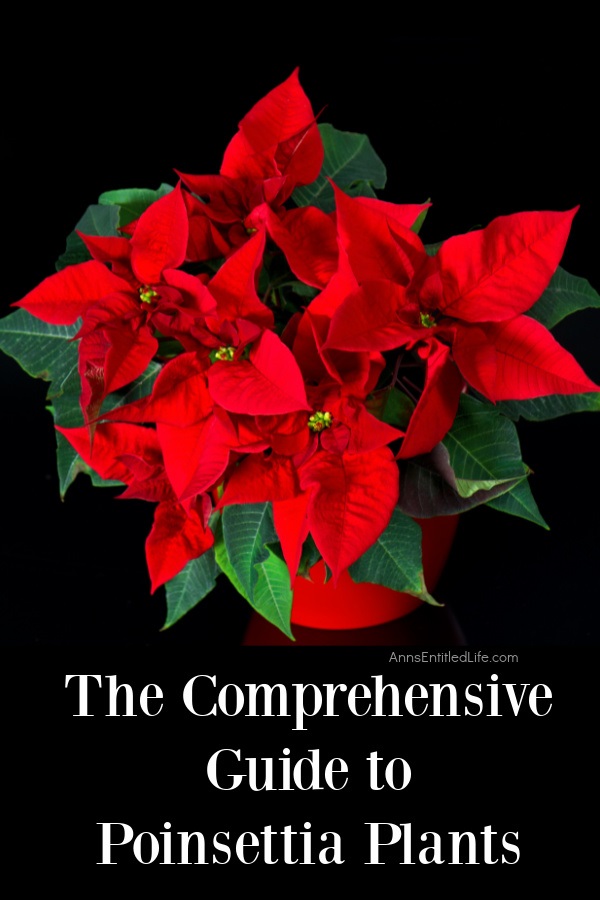
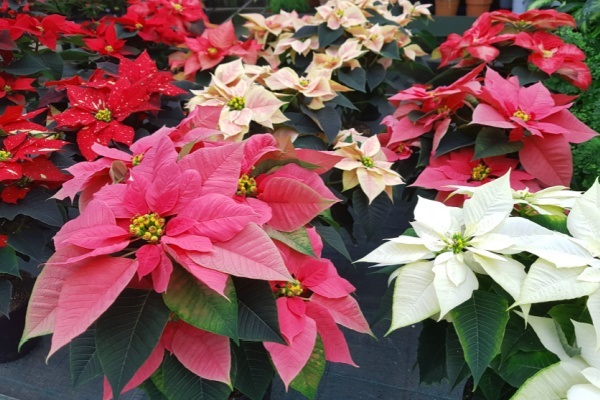
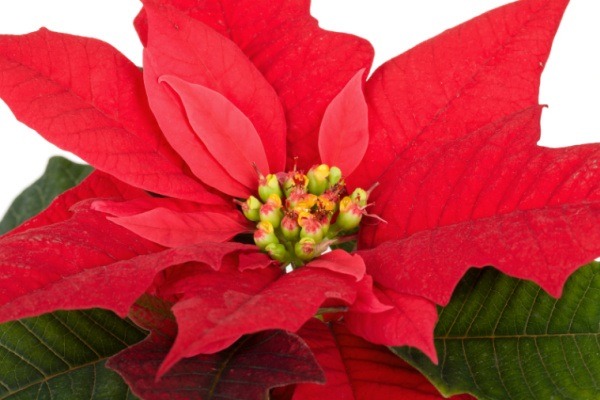
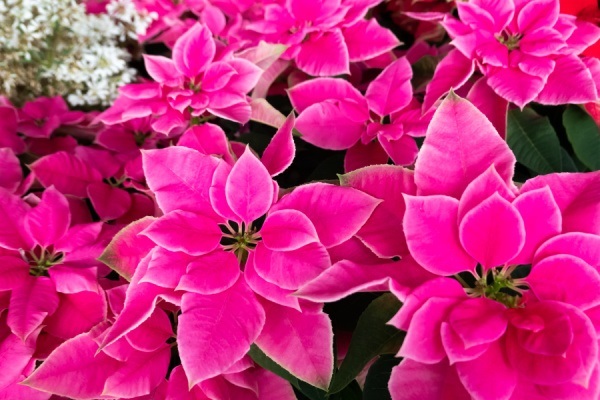
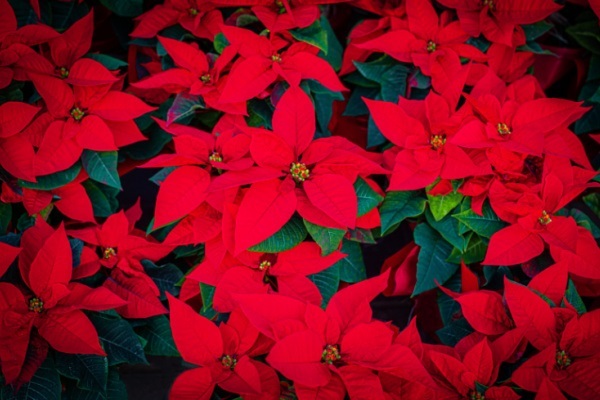
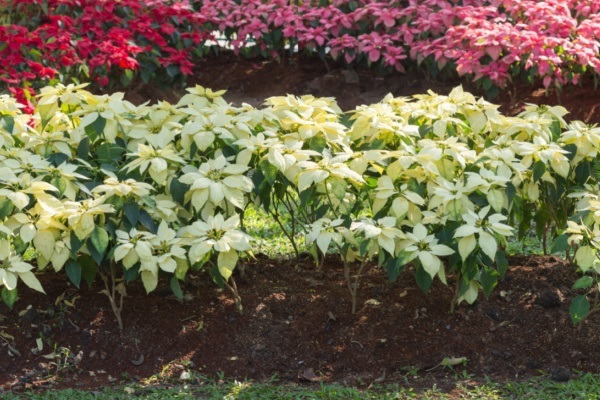
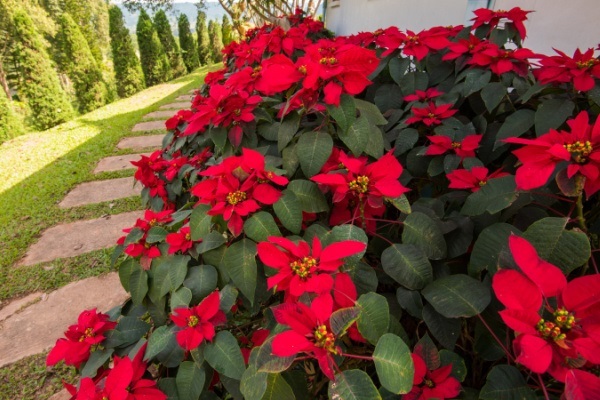
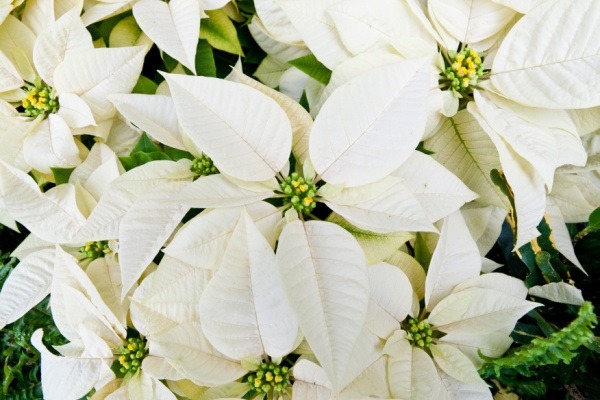
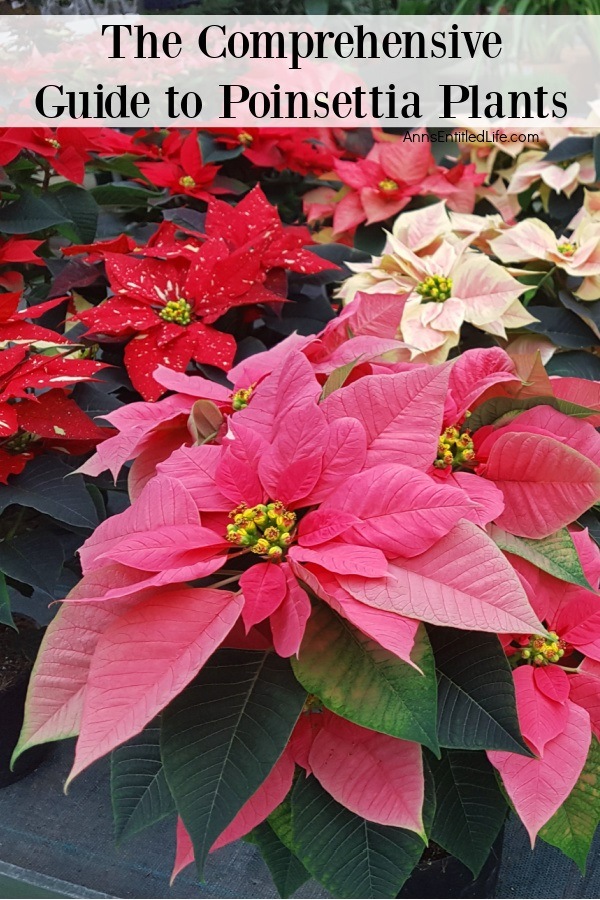
Leave a Reply